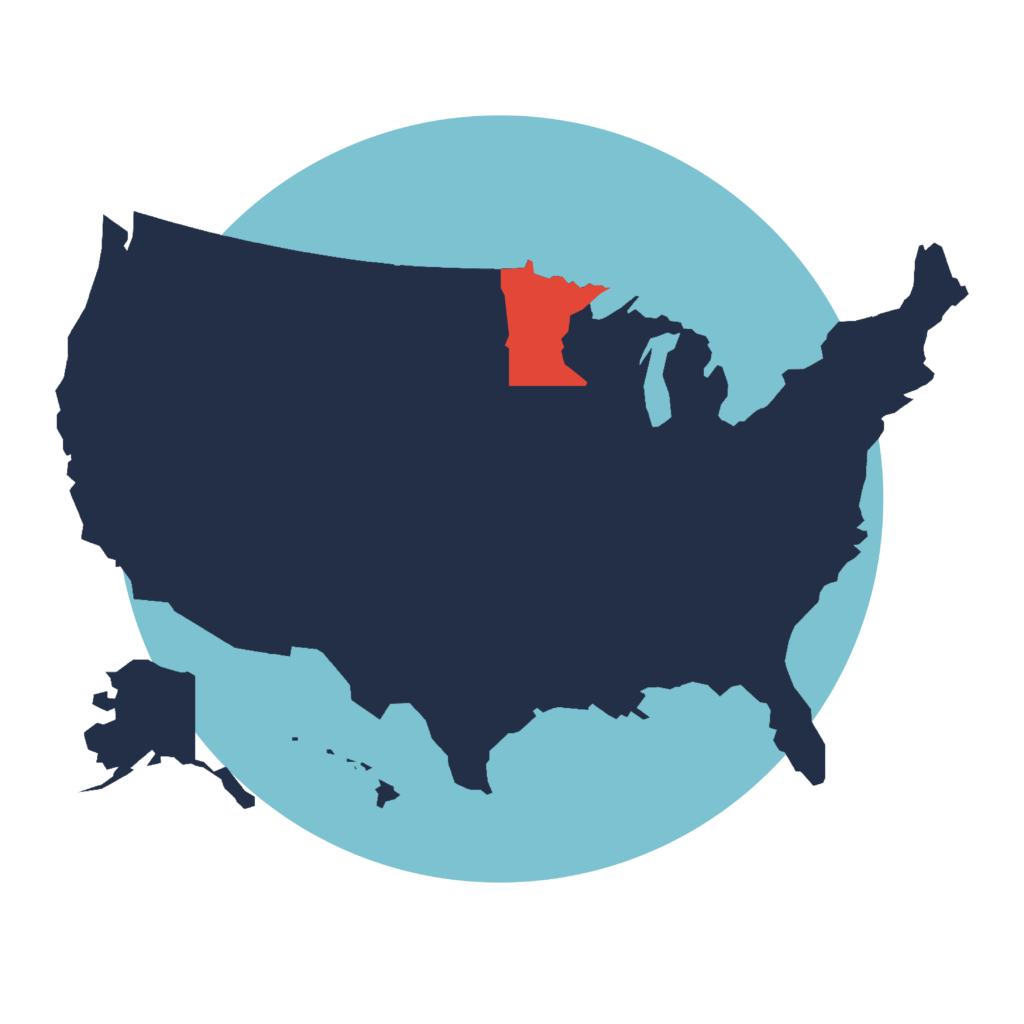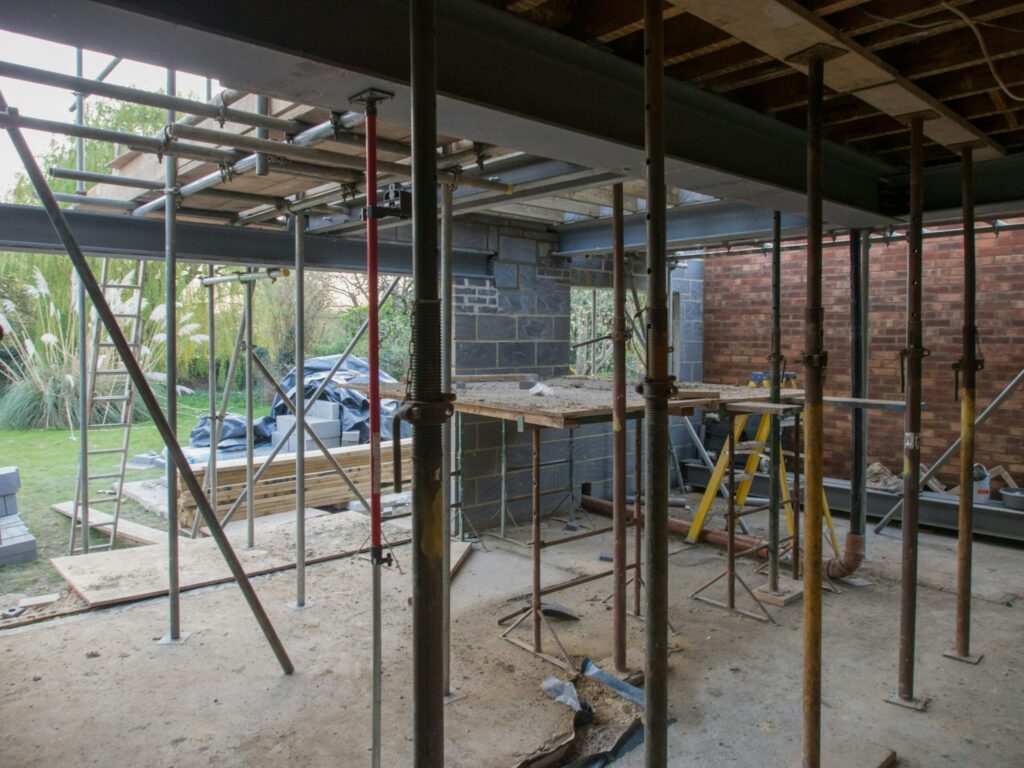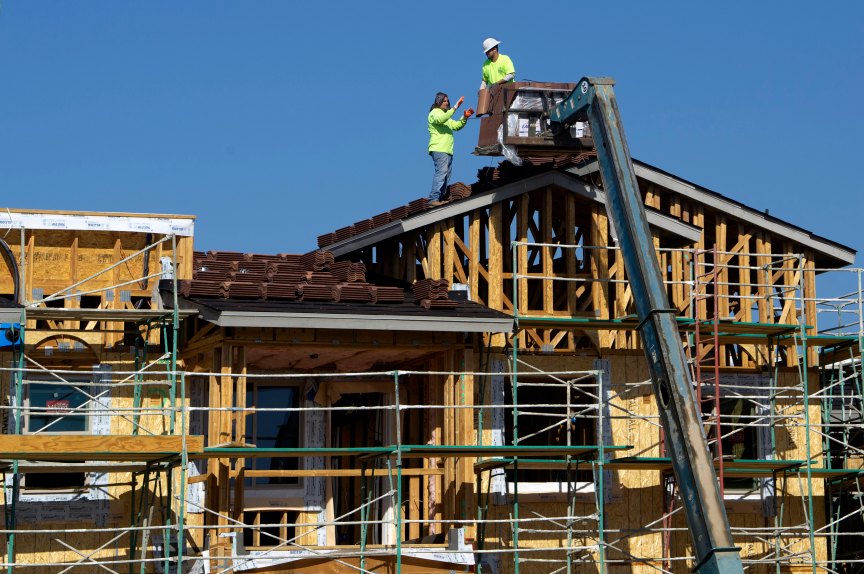Streets.nm: “What New Statewide Polling Teaches Us About Housing and Land Use Policy”
A recent poll from the Minneapolis-based organization Neighbors for More Neighbors — and partners Sierra Club, ISAIAH and Move Minnesota Action — highlights that housing affordability is a leading priority for Minnesotans, and that there is notable support among voters for land use and zoning reforms.













